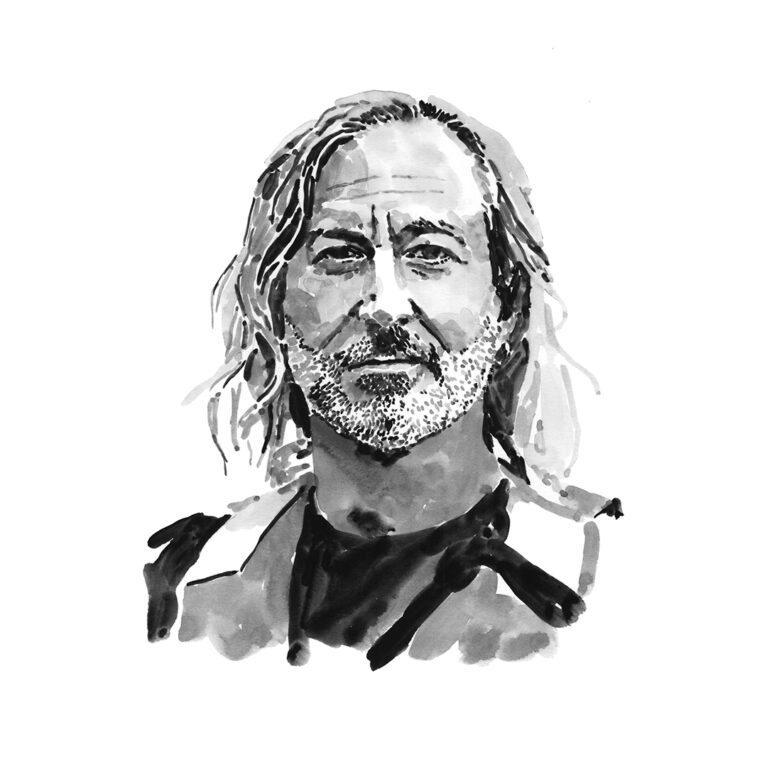Kyle Newton

Who I am
I was born in the Philippines but grew up in Seattle, USA, where I learned to appreciate the value of a dry suit while earning my scuba certification. I received a BSc in marine science and biology from the University of Miami, then worked for a biotech start-up in Seattle. Eventually I moved to Los Angeles and got my MSc in biology from California State University Fullerton, where I showed that visceral endothermy gives the endothermic mako shark a selective advantage in food processing rates compared to sympatric ectothermic sharks. I went on to receive my PhD in integrative biology from Florida Atlantic University, where I described the magnetic sense, learning and memory capabilities of the yellow stingray. Recently, I finished a postdoctoral research appointment at Washington University in St Louis, where I used machine learning to model how the lateral line facilitates the rheotaxis behaviour of zebrafish as they orient and swim into flowing water. In 2022 I began a research associate position in the Big Fish Lab at Oregon State University and am currently investigating how anthropogenic electromagnetic fields impact the behaviour, movement and distribution of electromagnetically sensitive marine fauna.
I enjoy field work, such as tagging pelagic and coastal sharks, as well as animal husbandry and wondering how marine species perceive their environment and use this information to make decisions. When I am not in the lab, I spend my time scuba diving, doing road trips and in deep conversation with my cat, Walter.
Where I work
Observing the natural foraging and navigation behaviour of elasmobranchs is essential to understanding their migration patterns and distribution, but we also need to bring animals back to the lab because we cannot control what happens in the field. Our laboratory facilities are adjacent to the ocean and the aquaria are supplied with fresh flow-through sea water. Furthermore, our laboratory is a great place to maintain our elasmobranchs in a controlled environment without the stress of long-distance transportation. Here we can expose test subjects to electromagnetic field noise stimuli in a controlled, dose-dependent manner and observe how they react, how they learn and what they remember. This laboratory-based information about the behaviour and sensory biology of elasmobranchs would be nearly impossible to achieve by field work alone.
Our field sites in New York are ideally located within the lease areas set aside for the development of offshore wind energy facilities. Our colleagues have a vast acoustic receiver array deployed along high voltage cables and in other habitats. Here we will be able to catch several different shark, ray and skate species, fit them with biologging and telemetry packages, release them and monitor their behaviour and track their movements as they encounter and respond to environmental change.
What I do
My research programme uses elasmobranch and teleost fish models to understand how predators detect and respond to cues from prey and the environment, how human activities can disrupt these processes, and how species can recover from disruption. The goal of my research is to find mechanistic links between the physiological disruption of sensory systems and subsequent changes in the natural foraging, navigation and migratory behaviour of fish. The rationale behind this approach is that if we can understand how and why fish respond to specific prey and environmental cues, then we can predict how they will respond if anthropogenic activities alter the propagation, detection or interpretation of these cues.
